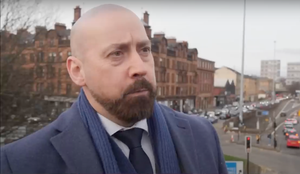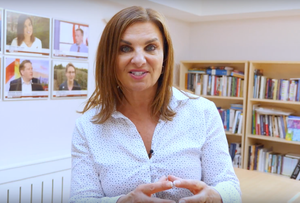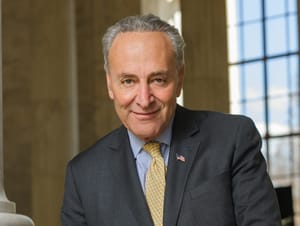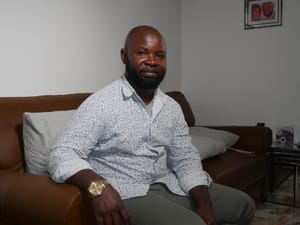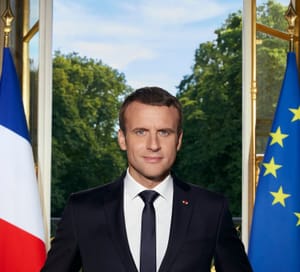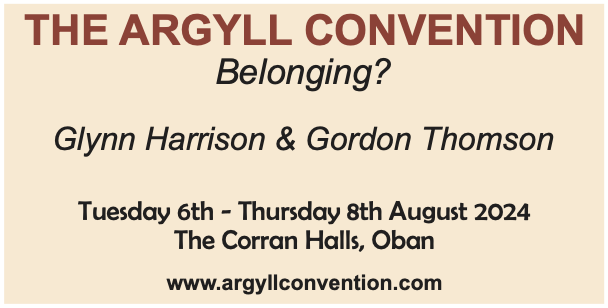Jamaica has a number of mainly home-grown religions —
some are syncretistic between Christianity and animism.
The most important cult is Pocomania. Its meetings are frenzied — with prayers, dances and rhythmic drumming. Adherents go into a trance, aided by rum and ganja (marijuana/cannabis).
The most African of the cults is Kumina. It is strongest in the St Thomas parish. Based on the worship of ancestor spirit-deities, it seeks to appease the wandering spirits of dead people. Goats are sacrificed and vigorous drum beating is important. The sect uses a ritual Bantu language from the Congo, where it originated.
Rastafarianism evolved as an expression of poor black Jamaicans seeking fulfilment during the 1930s — a period of growing nationalism and political upheaval. Many Rastafarians have uncut and uncombed hair, worn as ‘dreadlocks’ or ‘dreads’. There are about 100,000 Rastafarians in Jamaica.
Rastafarianism has no official hierarchy or doctrine, but at its heart is a complex core of social and spiritual tenets, open to ongoing reinterpretation.
Ganja
However, all Rastafarians accept that Ethiopia in Africa is the black race’s spiritual home (‘Zion’). To this place, their redeemer will bring them in a triumphant return from the oppression of Jamaica (‘Babylon’). Many identify this redeemer as Haile Selassie (1892-1974) — who was crowned Emperor of Abyssinia (Ethiopia) in 1930 and whom they expect to return.
Rastafarian adherents are grouped into regional sects. Despite the militant tone of their teaching, Rastafarianism extols love and non-violence. Its teachers advocate the ritual smoking of ganja as an aid to meditation. They maintain that it is the ‘green herb’ of the Bible.
Ganja has been cultivated in Jamaica for its narcotic effect since 1845, when indentured Indian labourers first brought seeds from Asia. Its use spread rapidly among plantation workers. Since ganja induced indolence and reduced productivity, it was outlawed. Today, it is claimed that over one quarter of Jamaicans smoke it on a regular basis.
During the 1980s the annual value of Jamaica’s ganja crop exceeded US$1.5 billion. But this reduced after 1986, when the Jamaican government cracked down on drug trading at the behest of the US Drug Enforcement Agency.
More on:
www.all-jamaica.com




